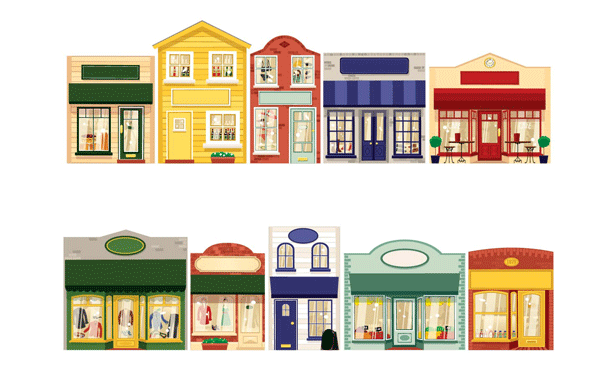Growing up in the family retail drugstore business, I was fascinated by the emergence of “category killers” in the 80's and 90's and followed their growth very closely. As I drive by their stores today and see their ongoing liquidations, and leases being auctioned, I am reminded me of a book that I read in 2005 titled “Category Killers – The retail revolution and its impact on consumer culture”. I thought it a good time to pull it off my shelf and skim it over.
In 2005, the “category killers”, or “big box” retailers, were all the rage and their growth seemed unstoppable. The book chronicled the growth of these chains, crediting the birth of category killers to when Charles Lazarus converted his fathers bike shop in 1923 to what would become Toys R Us.
What Toys R Us did for toys, Lowe's and Home Depot did for hardware; Circuit City and Best Buy for electronics: Borders and Barnes and Nobles for books; Staples, Office Max, and Office Depot for office supplies: and Bed, Bath, and Beyond and Linen's and Things for home goods. The rise of these chains in the 1980's accustomed consumers to unprecedented variety.
Recommended For You
Want to continue reading?
Become a Free ALM Digital Reader.
Once you are an ALM Digital Member, you’ll receive:
- Breaking commercial real estate news and analysis, on-site and via our newsletters and custom alerts
- Educational webcasts, white papers, and ebooks from industry thought leaders
- Critical coverage of the property casualty insurance and financial advisory markets on our other ALM sites, PropertyCasualty360 and ThinkAdvisor
Already have an account? Sign In Now
*May exclude premium content© 2025 ALM Global, LLC, All Rights Reserved. Request academic re-use from www.copyright.com. All other uses, submit a request to [email protected]. For more information visit Asset & Logo Licensing.









